Getting Things Done, by David Allen (Book summary)
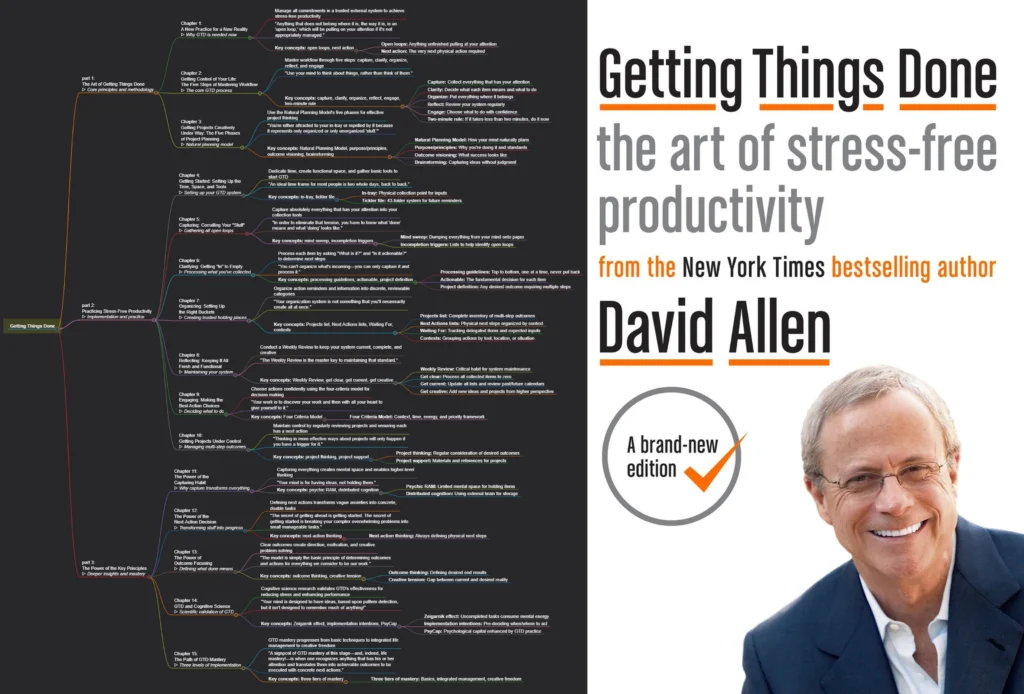
Getting Things Done (GTD) is THE foundational productivity text that transformed how millions manage their work and life. David Allen’s core insight—”your mind is for having ideas, not holding them”—is especially vital for readers and learners who need clear mental space to absorb new knowledge.
Feel Good Productivity, by Ali Abdaal (Book summary)
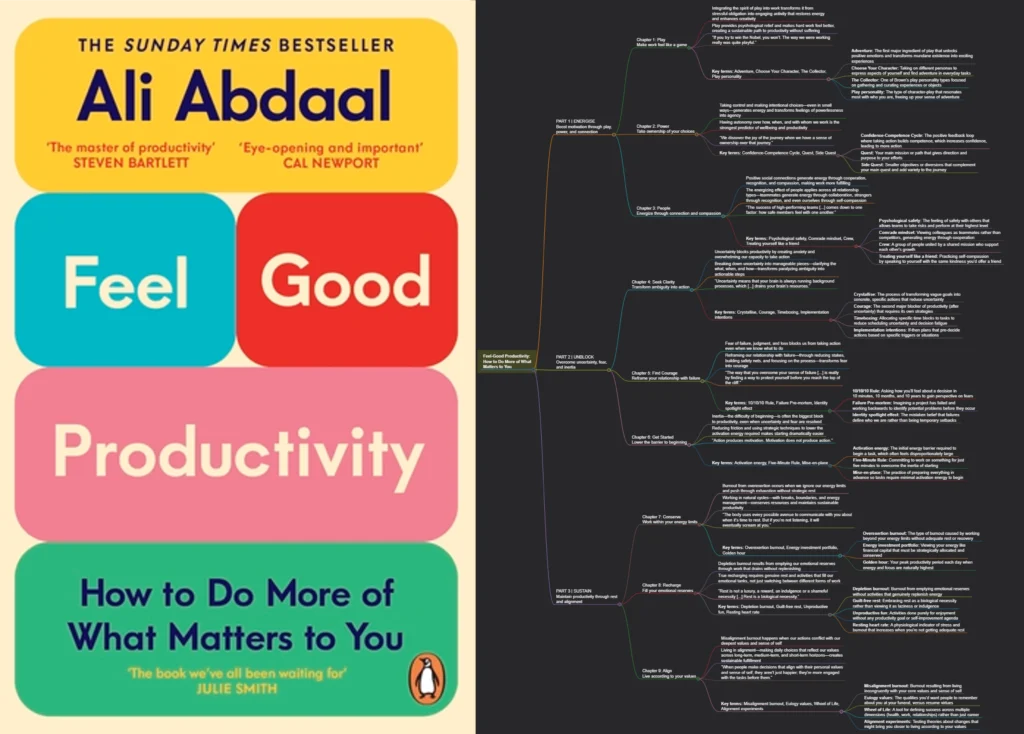
This book is your roadmap to doing what matters while actually enjoying it. Ali Abdaal, a YouTuber with millions of followers, challenges the belief that success requires suffering.
Drawing on research and personal experience, he reveals a counterintuitive truth: feeling good isn’t optional—it’s the foundation of sustainable productivity. This interactive mind map distills his framework for energizing your work, overcoming mental blocks, and achieving more without burning out.
The AI Mirror, by Shannon Vallor (Book summary)
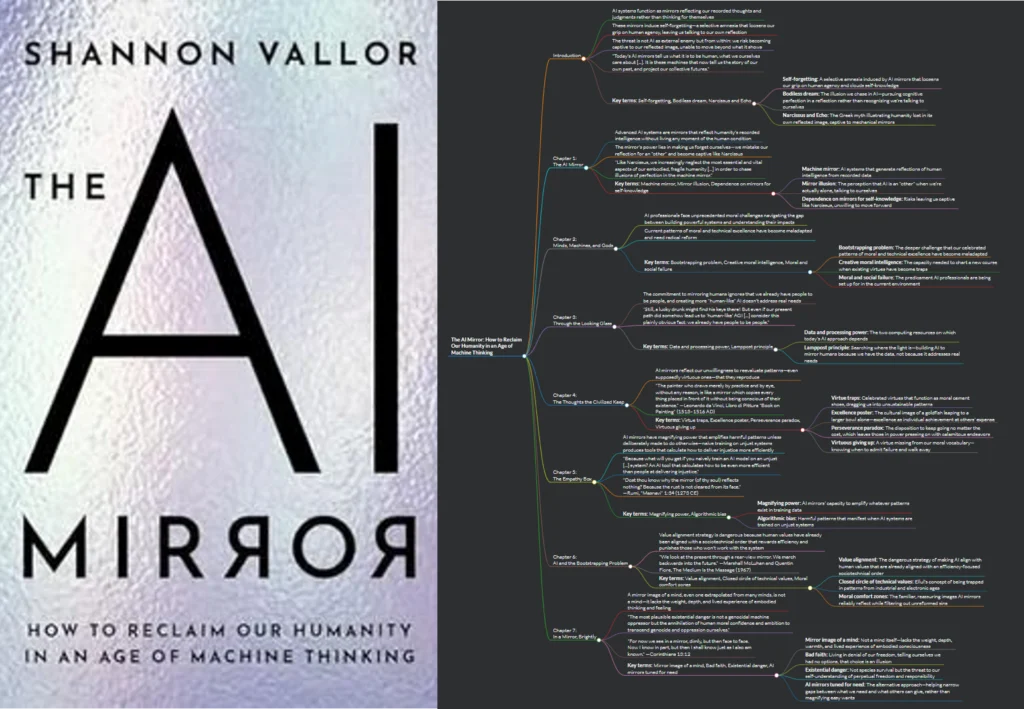
This book argues that AI systems are mirrors reflecting back our past patterns. For learners and readers navigating an AI-saturated world, it offers essential insight into maintaining intellectual agency—understanding when to trust these tools and when they’re simply showing us our own reflection, trapping us in familiar patterns rather than expanding our thinking.
Topic Memos Across All Your Books: New Cross-Library AI Features in Development

Your reading history contains years of insights, but they’re scattered across dozens of books. When you need to pull together everything you know about a topic, those highlights feel unreachable.
We’re building new cross-library AI workflows for DeepRead that transform this scattered knowledge into structured outputs. Through guided conversations, the AI helps you generate topic memos or mind maps that synthesize insights from across your entire library. The key difference from traditional AI chat: the system has persistent access to your complete reading history, not just what you upload. Every interaction creates something tangible and makes your knowledge system more valuable.
We’re developing these workflows now and looking for early users to test features and share ideas.
Broken Money, by Lyn Alden (Book summary)
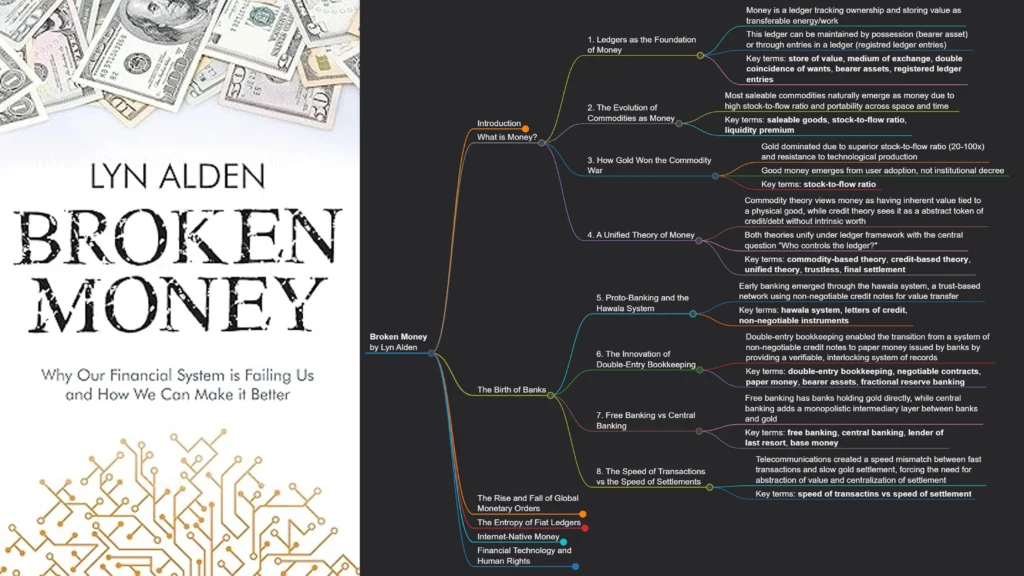
Broken Money by Lyn Alden unpacks how money has transformed through history—from gold to fiat to digital networks—and what this means for economies, politics, and individual freedom. It’s an essential read for anyone curious about the forces shaping our financial future.
Dive into the summary in two ways:
An interactive mind map lets you zoom through the book’s key themes and connections at a glance, while a comprehensive nested summary allows you to explore each chapter in depth, opening and closing sections as you go.
Kindle Highlights for AI: Transform Reading into Knowledge
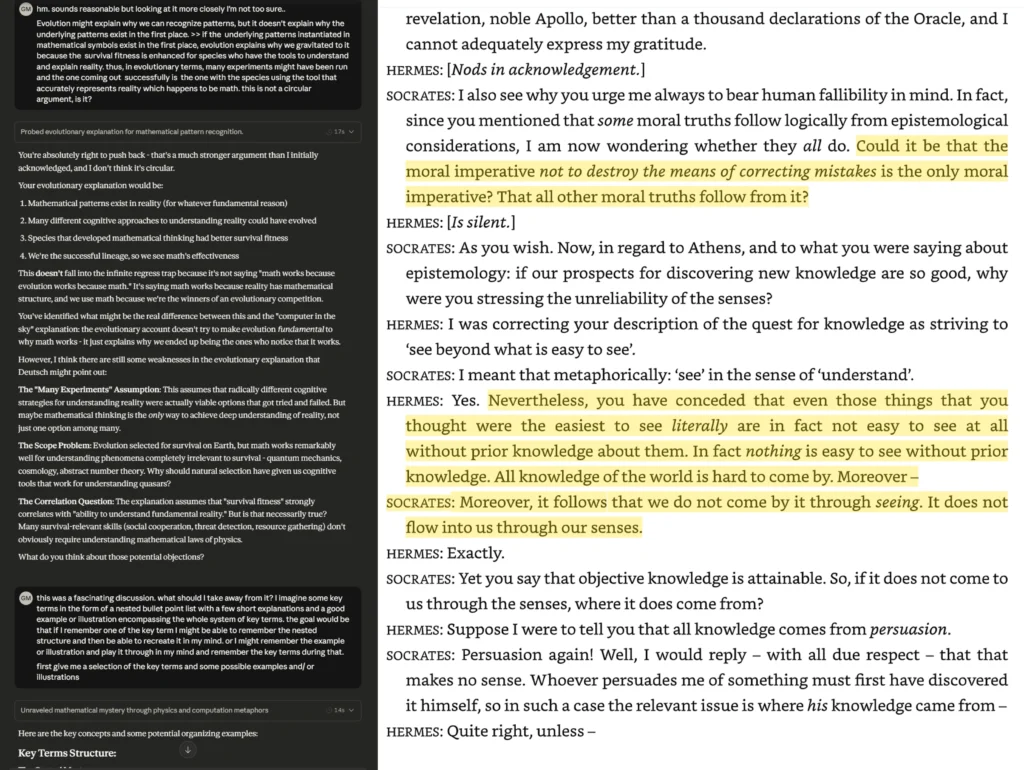
Systematic highlighting is hard work—but it unlocks four powerful ways to engage with books through AI.
Each workflow creates a tangible artifact—not just another chat that disappears. This article shows you these workflows: building mind maps, generating meaningful flashcards, challenging the author’s arguments, and capturing insights with visual connections. I’ll explain why comprehensive highlighting—the Composer strategy from my previous article—makes all of this possible. We’re also exploring how to bring these workflows into DeepRead.
Kindle Highlights Done Right: Choose Your Strategy Before You Start Reading
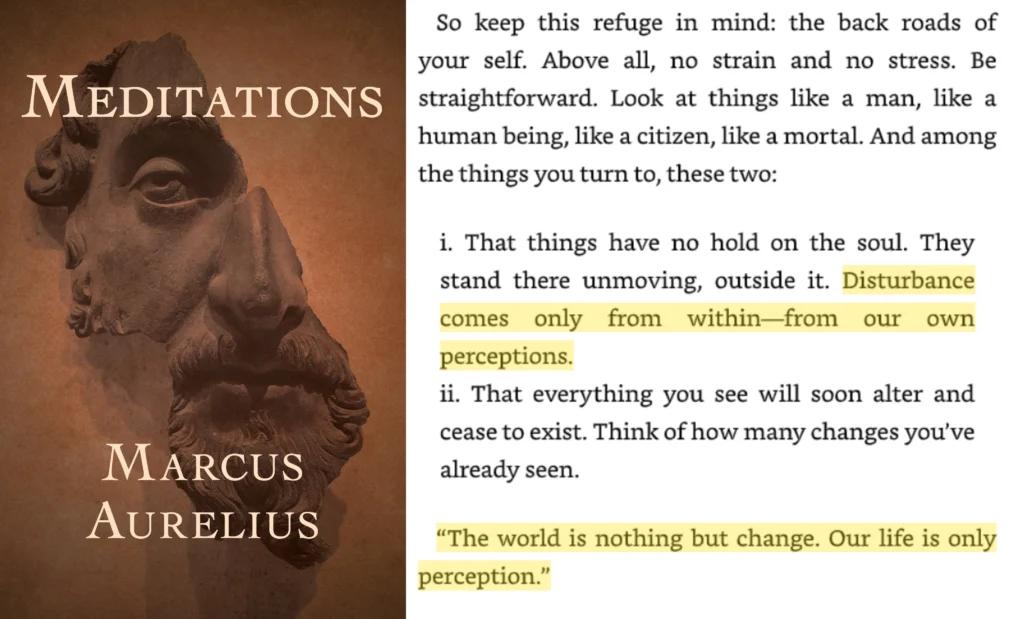
Most readers highlight reactively—marking whatever seems important as they read. But effective highlighting starts before you open the book: by choosing your strategy and defining your desired outcome. The difference between collecting treasures and composing arguments determines everything that follows.
Design Elements That Turn Books from Content Delivery into Learning Systems
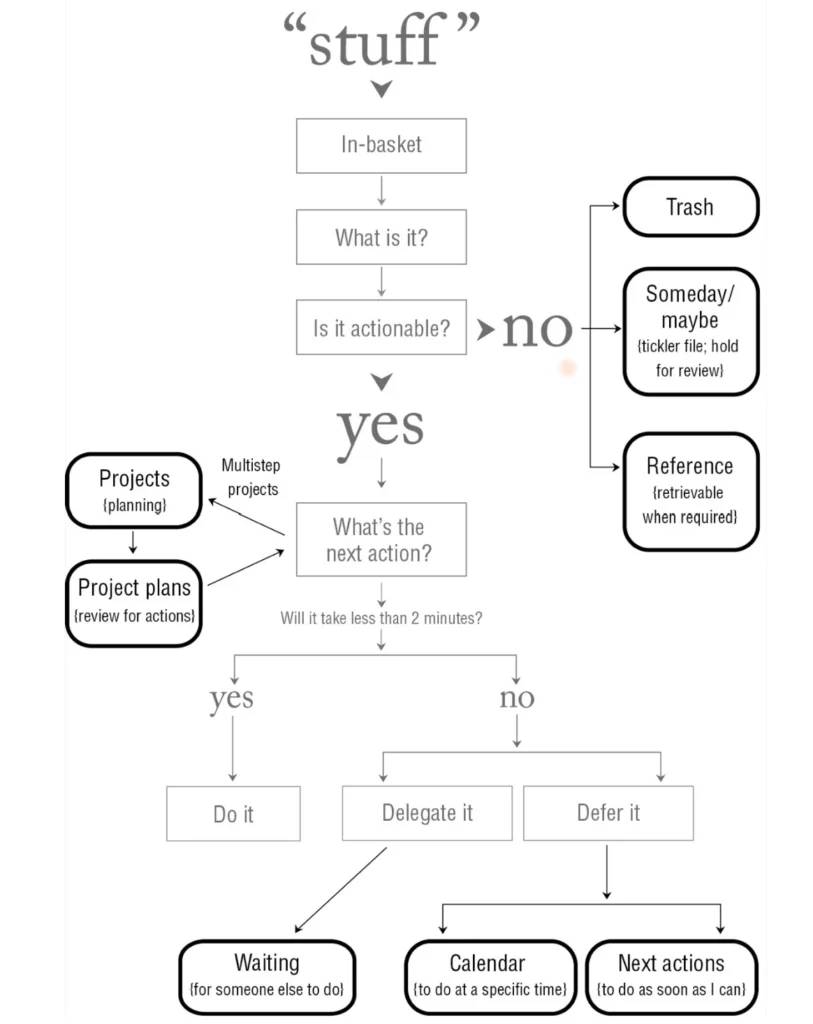
Some books function as learning systems rather than mere content delivery vehicles. They do this by using design elements such as quotes at the start of chapters, highlighted questions within the text, or chapter summaries at the end. These elements create a reading architecture that guides you through three phases: preparation, exploration, and synthesis. The real power lies in actively using these elements to transform any book into your personal learning laboratory. This way every book becomes an expedition where you decide what to discover and take home.
Book Clubs of the Future: Connecting Your Reading to the World’s Conversations
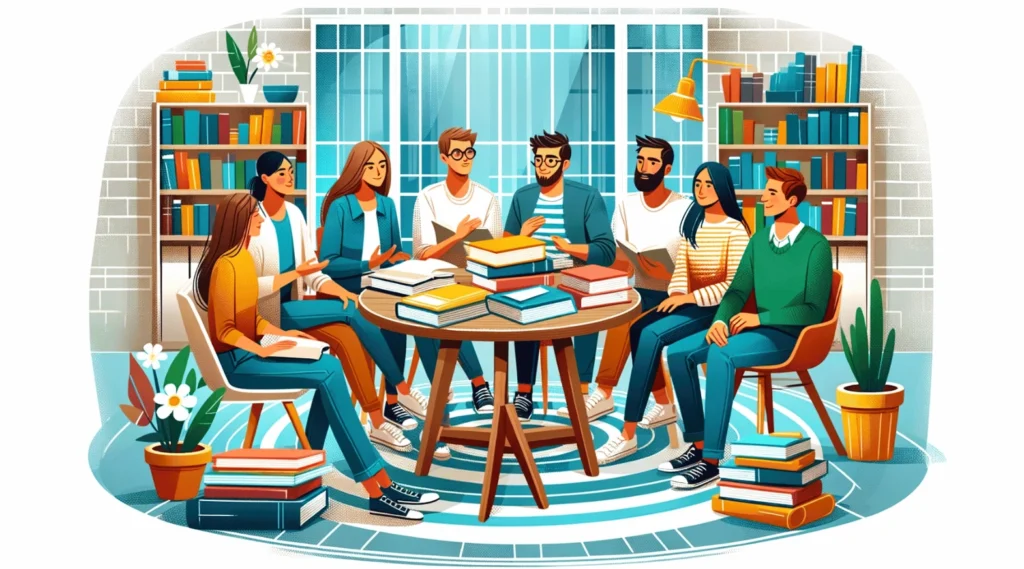
The best book discussions aren’t happening in traditional book clubs—they’re scattered across Reddit threads, X debates, and comment sections, but we’re missing them because we don’t know how to connect our reading insights with ongoing conversations. This article explores how to create “book clubs of the future”: time-independent, globally scaled discussions where your specific book insights connect with current debates happening across the internet. You’ll discover existing platforms where these conversations are already taking place, see real examples of authors and readers successfully applying book knowledge to current events, and learn practical steps to start participating today.
Voice AI Conversations: The Perfect Practice Ground for Learning
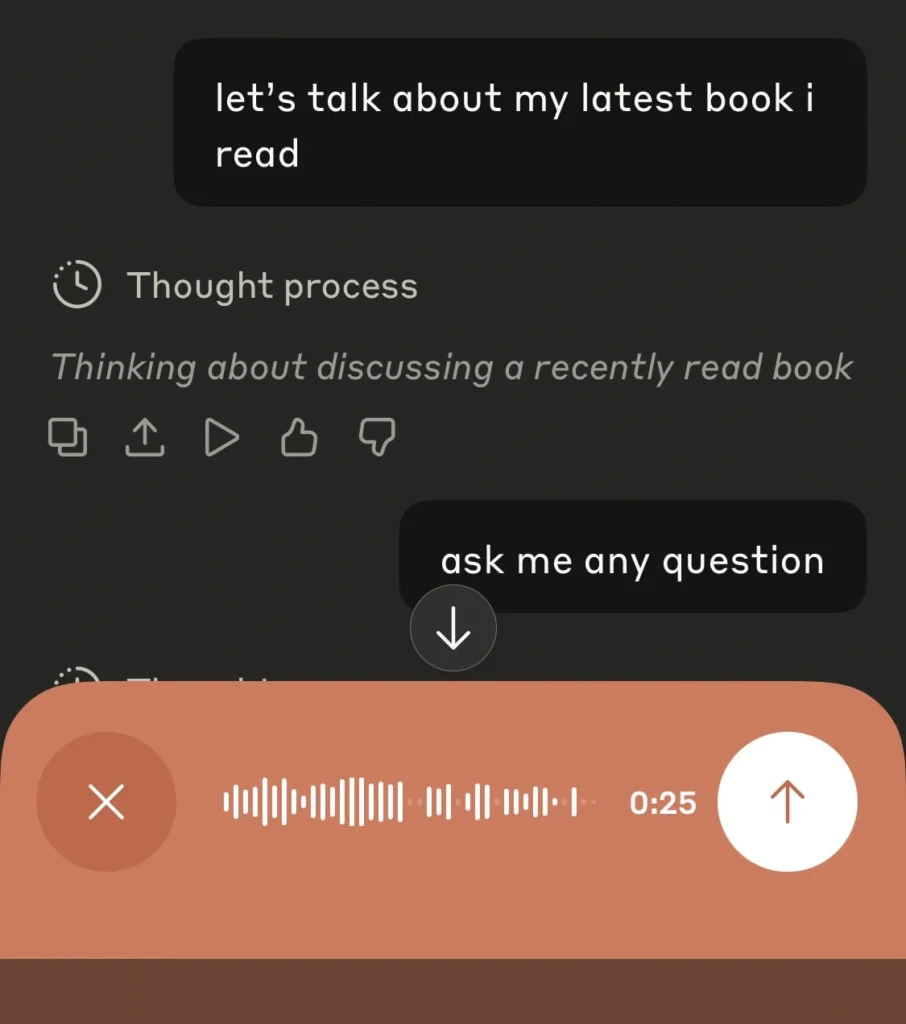
The easiest way to move from passive reading to active learning? Start talking. Voice AI conversations are the lowest-friction way to test your knowledge, practice complex ideas, and build confidence – all without judgment or pressure. Here’s why this approach works and how to get started.